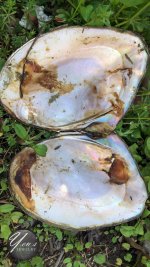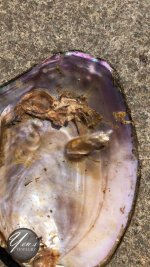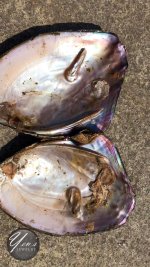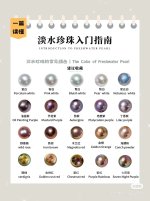jshepherd
Pearl Paradise
- Joined
- Jun 22, 2004
- Messages
- 6,344
We are seeing a lot of deep colors come out of China, specifically with the new Edison-style, large beaded pearls.
A recent study in the journal Aquaculture dives into how scientists are using genomic selection (GS) to boost the purpleness of the inner shells in triangle sail mussels, aka Hyriopsis cumingii. It doesn't say anything about the Hs shell, so they may only be using the traditional Hc.
Researchers used a technique called genotype-by-sequencing to find genetic markers (SNPs) across two groups of mussels. They studied a reference group of 496 mussels and a candidate group of 268 mussels to identify the genes linked to shell color.
Several GS models were tested, and the BayesB model best predicted which mussels would have the most saturated shell color. They created a method using around 5,000 SNPs that allowed them to pick the mussels with the highest predicted genetic value for breeding.
In the offspring of these specially selected mussels, the number of those with deep purple shells increased significantly at two different test sites. This shows that GS is not only effective for this specific trait but could also be used to enhance other characteristics in various aquaculture species.
A recent study in the journal Aquaculture dives into how scientists are using genomic selection (GS) to boost the purpleness of the inner shells in triangle sail mussels, aka Hyriopsis cumingii. It doesn't say anything about the Hs shell, so they may only be using the traditional Hc.
Researchers used a technique called genotype-by-sequencing to find genetic markers (SNPs) across two groups of mussels. They studied a reference group of 496 mussels and a candidate group of 268 mussels to identify the genes linked to shell color.
Several GS models were tested, and the BayesB model best predicted which mussels would have the most saturated shell color. They created a method using around 5,000 SNPs that allowed them to pick the mussels with the highest predicted genetic value for breeding.
In the offspring of these specially selected mussels, the number of those with deep purple shells increased significantly at two different test sites. This shows that GS is not only effective for this specific trait but could also be used to enhance other characteristics in various aquaculture species.





